7 Common Cooking Mistakes and 5 Easy Fixes You’ll Wish You Knew Sooner

Cooking is an art that requires precision, patience, and attention to detail. However, even the most experienced chefs can fall victim to common mistakes that compromise the quality of their dishes. This blog post highlights seven prevalent cooking errors and provides five straightforward solutions to elevate your culinary skills.
1. Overcrowding the Pan

When you overcrowd the pan, your food tends to steam rather than sear, losing that much-desired golden crust. This mistake is common when trying to save time by cooking everything at once. The results are often soggy and lack the rich flavors that come from proper browning.
To remedy this, cook in batches, ensuring enough space between each piece for even cooking. Patience in this step leads to a more flavorful outcome.
Remember, less is more when it comes to pan content. Your food will thank you with a delightful flavor boost.
2. Using Cold Meat Straight from the Fridge

Cold meat straight from the fridge is a common pitfall in cooking. It leads to uneven cooking, with the outside often charring before the inside is done. This happens because the meat’s temperature isn’t uniform, causing the outside to cook too fast.
Allow your meat to sit at room temperature for at least 15 minutes before cooking. This simple step ensures more even cooking and a juicier result.
Don’t rush the process; your patience will be rewarded with tender, perfectly cooked meat.
3. Not Letting Meat Rest After Cooking
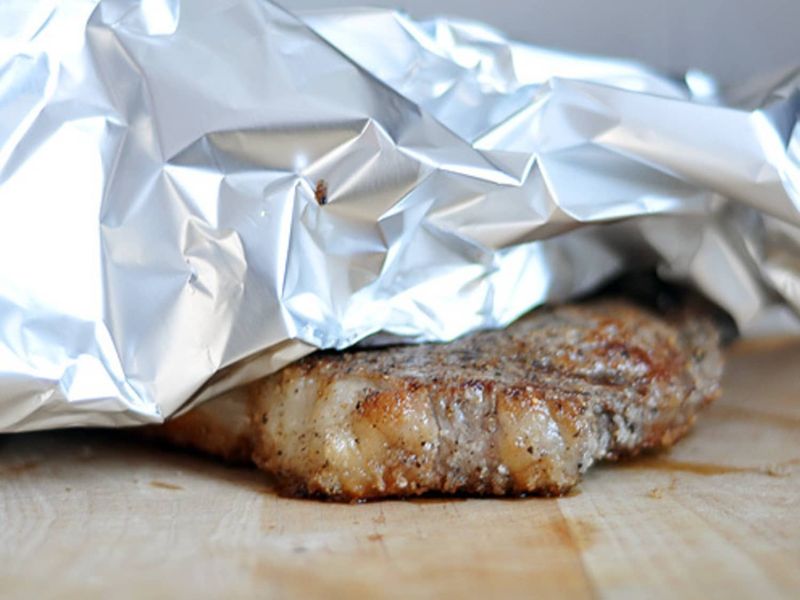
Cutting into meat immediately after cooking is a tempting mistake. It leads to juices running out, leaving your meal dry. Resting meat allows the juices to redistribute, ensuring each bite is as juicy as the next.
A five-minute rest can make a significant difference, enhancing both flavor and texture.
Next time, resist the urge to cut right away. Your patience will yield a far more satisfying meal that’s well worth the wait.
4. Boiling Pasta in Too Little Water
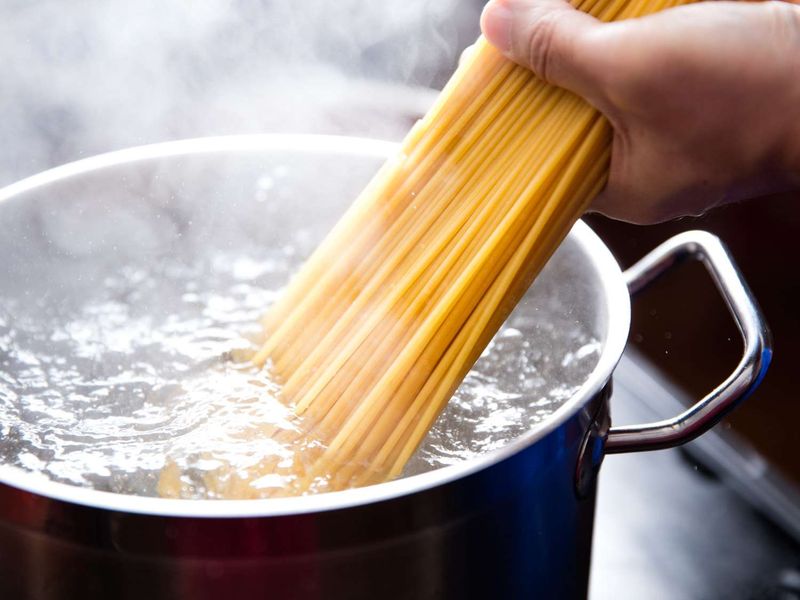
Using too little water when boiling pasta is a recipe for disaster. Pasta needs ample water to cook evenly and prevent clumping. Insufficient water also skews the salt ratio, affecting flavor.
Opt for a large pot filled with plenty of salted water for the best results. Stir occasionally to keep the pasta from sticking.
This simple adjustment can transform your pasta from sticky and starchy to perfectly al dente, making your dishes shine.
5. Adding Garlic Too Early
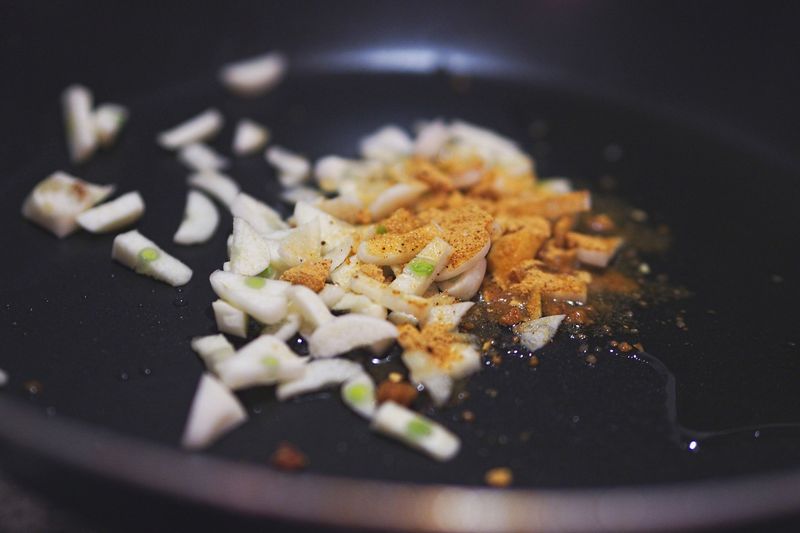
Garlic burns quickly, and adding it too early can ruin a dish with a bitter taste. The key is timing; add garlic towards the end of the cooking process.
This ensures it cooks just enough to release its aroma without burning. A golden hue, not a dark brown, is what you should aim for.
This small tweak preserves the garlic’s flavor, enhancing your dish’s aromatic qualities significantly.
6. Guessing Measurements for Baking

Baking is a science, and guessing measurements can lead to disastrous results. Unlike cooking, where improvisation works, baking requires precision. Each ingredient plays a crucial role in the chemical reaction needed for the perfect bake.
Using measuring cups ensures accuracy, leading to consistent results.
Next time you’re baking, take the extra minute to measure correctly. Your cakes and pastries will thank you with better texture and flavor.
7. Flipping Food Too Often
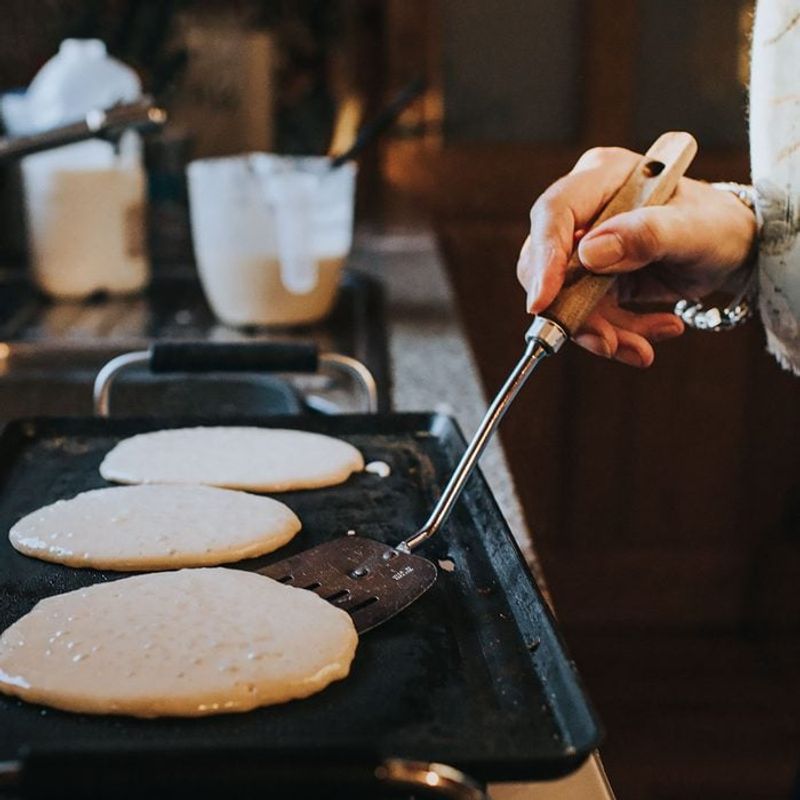
Constantly flipping food in the pan is a habit many cooks fall into, but it prevents proper browning and can tear delicate foods. Each flip releases heat and interrupts the cooking process.
Let your food cook undisturbed to develop a flavorful crust. For foods like fish or pancakes, flipping once is often enough.
By exercising patience, you not only improve the appearance but also the taste and texture of your dishes.
8. Preheat Your Pan (Not Just the Oven)
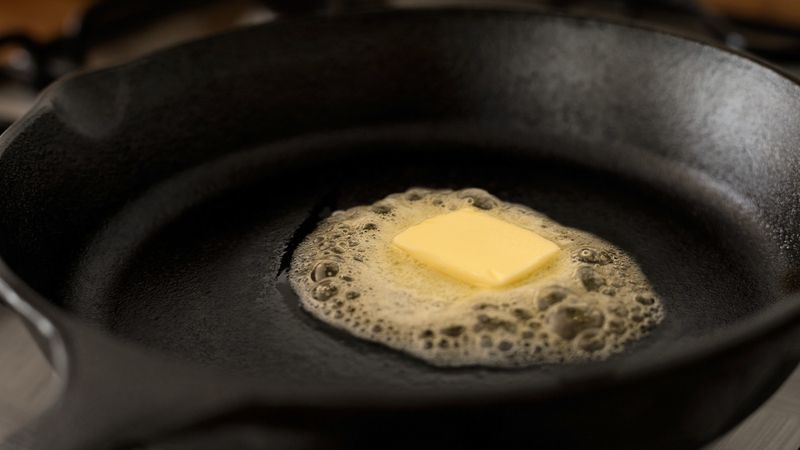
A hot pan is essential for a good sear, preventing sticking and enhancing flavor. Yet, it’s a step often overlooked in the rush to cook. By preheating your pan before adding oil and ingredients, you set the stage for culinary success.
This small action ensures even cooking and better browning.
Take a moment to let your pan heat fully, and your dishes will reward you with superior taste and texture.
9. Taste As You Go
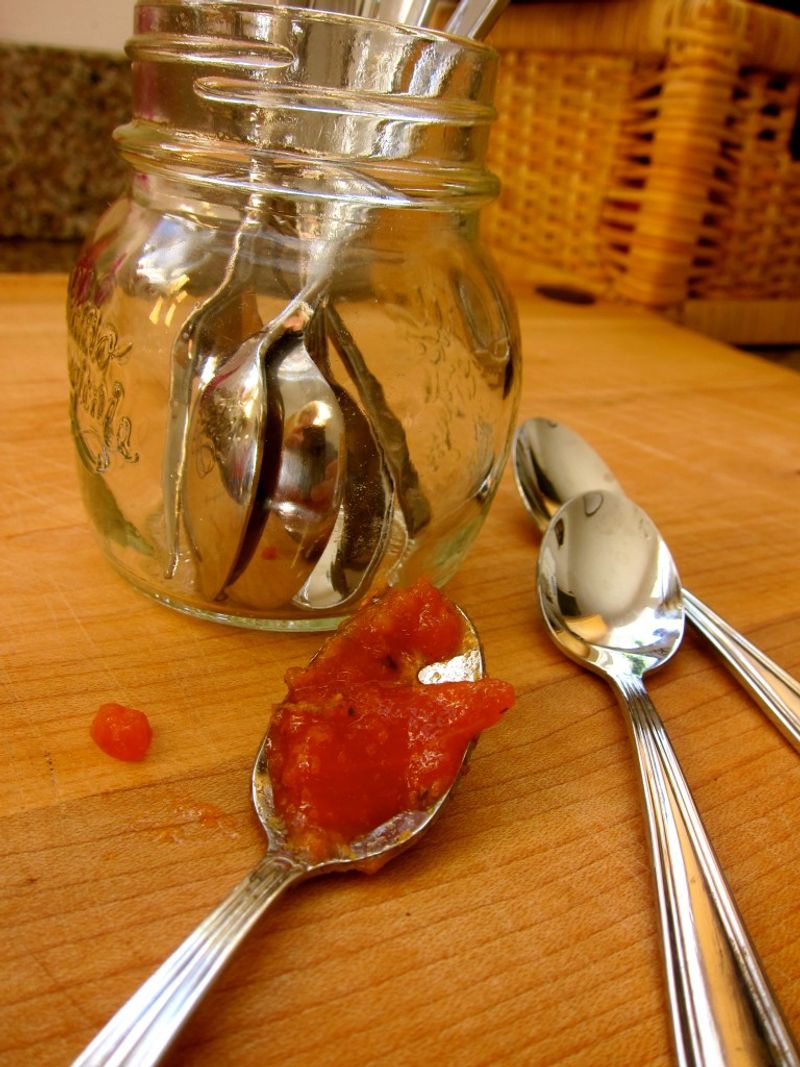
Tasting as you cook is more than just a tip; it’s a crucial part of creating balanced dishes. It allows you to adjust seasoning and flavors throughout the process, avoiding a bland end product.
By sampling your dish periodically, you can ensure the right balance of salt, acid, and spice.
This proactive approach guarantees a well-seasoned dish that’s bursting with flavor at every bite.
10. Use a Microplane for Garlic and Ginger

Using a microplane for garlic and ginger is a game-changer in cooking. It yields a finer texture and more even distribution in dishes, enhancing flavor.
Compared to chopping, grating is quicker and integrates better into sauces and marinades.
Embrace this tool in your kitchen, and you’ll notice a remarkable difference in both taste and texture of your creations.
11. Finish with Fresh Herbs or Citrus
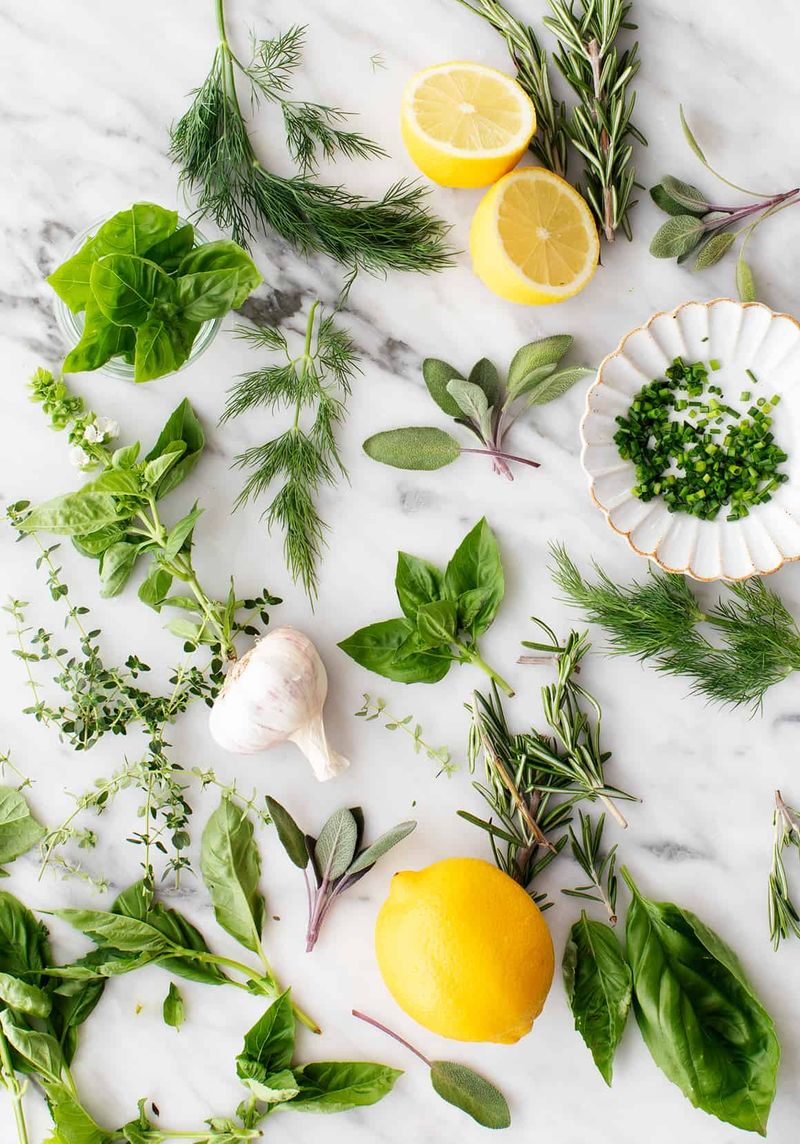
Adding fresh herbs or a squeeze of citrus at the end of cooking brings a dish to life. It imparts brightness and elevates flavors, transforming ordinary meals into extraordinary experiences.
This finishing touch is simple yet powerful, providing a contrast that enhances the main ingredients.
Experiment with different herbs and citrus to discover new dimensions in your cooking.
12. Dry Your Ingredients Before Searing

Moisture is the enemy of a good sear. Drying your ingredients before cooking is vital for achieving a crisp, golden exterior. This step reduces splatter and enhances the Maillard reaction, which is responsible for the savory flavor.
A dry surface allows for better browning, making your dishes more visually appealing and tasty.
Take a moment to pat dry your proteins and vegetables before searing. The difference will be deliciously evident.
